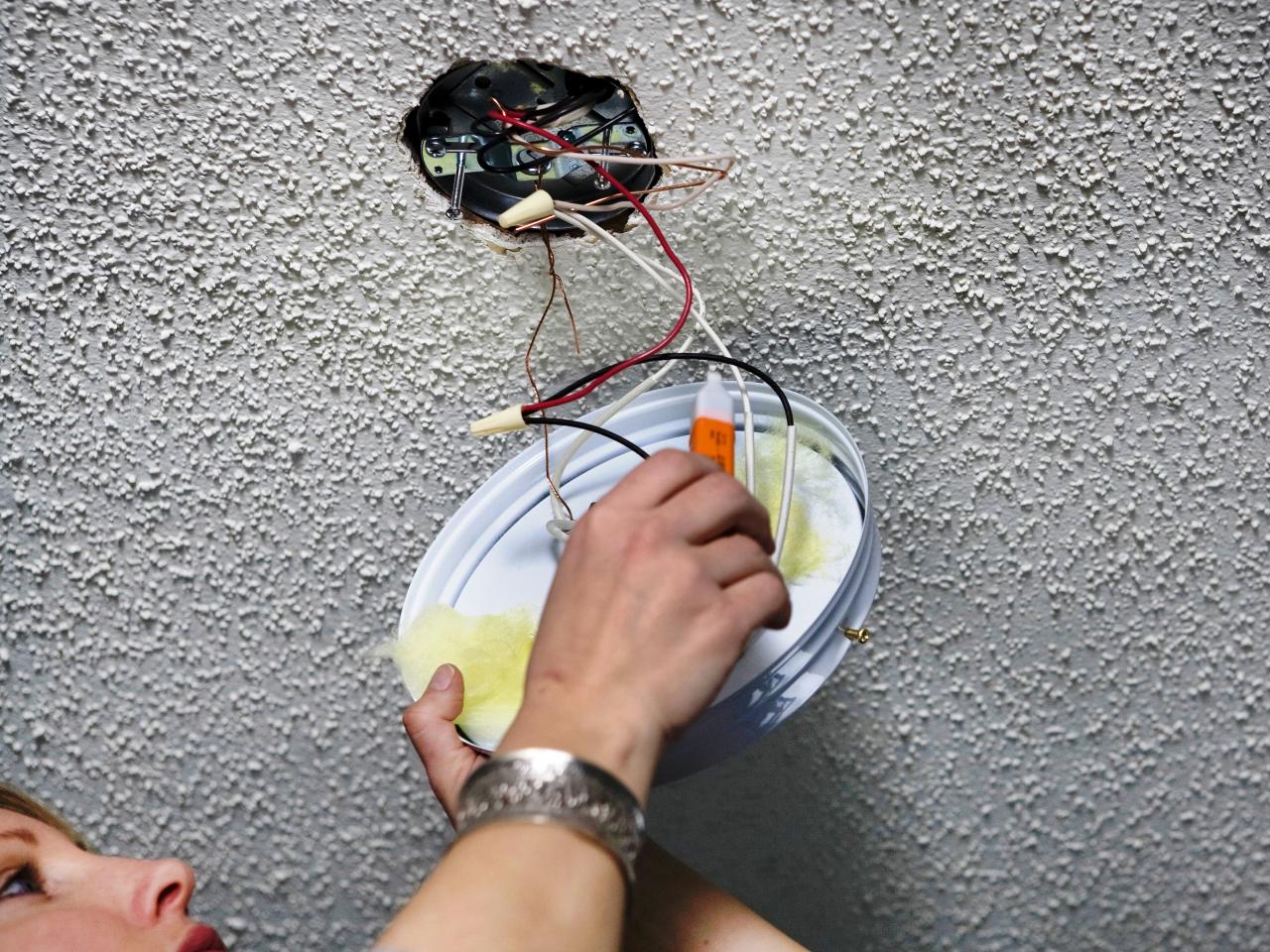:max_bytes(150000):strip_icc()/Cleaning-an-Electric-Coil-Strovetop-7764-07-346cd8e0d25742bab3cc6ef8d29f603a.jpg)
Introduction: The Art of Achieving a Spotless Stovetop
Maintaining a clean stovetop is essential not only for a tidy kitchen but also for optimal cooking performance. In this guide, we’ll delve into effortless tips and techniques to achieve a sparkling stovetop, turning your kitchen into a hub of cleanliness and efficiency.
Choosing the Right Cleaning Supplies
Selecting Non-Abrasive Cleaners
Before embarking on your cleaning journey, make sure you have the right tools. Opt for non-abrasive cleaners to avoid damaging the stovetop surface. Mild dish soap, white vinegar, or specialized stovetop cleaners are excellent choices.
Investing in Microfiber Cloths
Microfiber cloths are your best friends when it comes to cleaning a stovetop. They are gentle on the surface, effective at grabbing dirt, and can be easily washed and reused. Keep a stack of microfiber cloths in your cleaning arsenal.
Pre-Cleaning Preparation
Allowing the Stovetop to Cool
Safety first! Always wait for the stovetop to cool down before starting the cleaning process. Attempting to clean a hot surface can result in burns and is less effective in removing stubborn stains.
Removing Burnt-on Debris
For stubborn, burnt-on food or spills, gently scrape the debris with a plastic scraper or a razor blade at a low angle. Be cautious not to scratch the surface, and use gentle, controlled movements.
Customized Cleaning Techniques for Different Stovetops
Cleaning a Glass Stovetop
For glass stovetops, use a mixture of white vinegar and water or a specialized glass stovetop cleaner. Apply the solution and let it sit for a few minutes before wiping away grime and stains with a microfiber cloth.
Cleaning a Gas Stovetop
For gas stovetops, remove the grates and burner caps and soak them in warm, soapy water. Use a toothbrush or a small scrub brush to clean the burner heads and surrounding areas. Wipe down the surface with a damp cloth.
Dealing with Persistent Stains
Using Baking Soda Paste
For stubborn, cooked-on stains, create a paste using baking soda and water. Apply the paste to the stained areas and let it sit for about 15-20 minutes. Gently scrub with a soft brush or cloth to lift the stains.
Addressing Mineral Deposits
If you notice mineral deposits on your stovetop, especially common in hard water areas, tackle them with a mixture of equal parts water and white vinegar. Apply the solution and wipe away the deposits with a microfiber cloth.
Regular Maintenance for Lasting Cleanliness
Wiping Down After Each Use
Incorporate a quick wipe-down routine after each cooking session. This prevents the buildup of grease and food particles, making your regular cleaning sessions more manageable.
Monthly Deep Cleaning
Schedule a more thorough cleaning at least once a month. This includes removing burner elements, cleaning beneath them, and addressing any accumulated grime in hard-to-reach areas.
Final Touches and Shine
Polishing the Surface
After completing the cleaning process, give your stovetop a final polish with a clean, dry microfiber cloth. This not only removes any remaining residue but also leaves your stovetop with a brilliant shine.
Admiring Your Gleaming Stovetop
Stand back and admire the fruits of your labor. A gleaming stovetop not only enhances the visual appeal of your kitchen but also ensures a hygienic and efficient cooking space.
Conclusion: A Clean Stovetop, A Happy Kitchen
Incorporating these tips into your cleaning routine will help you maintain a spotless stovetop effortlessly. Enjoy a kitchen that not only looks pristine but also functions at its best, making every cooking experience a joy.
To learn more about how to clean a stovetop, explore our comprehensive guide for expert tips and insights.




